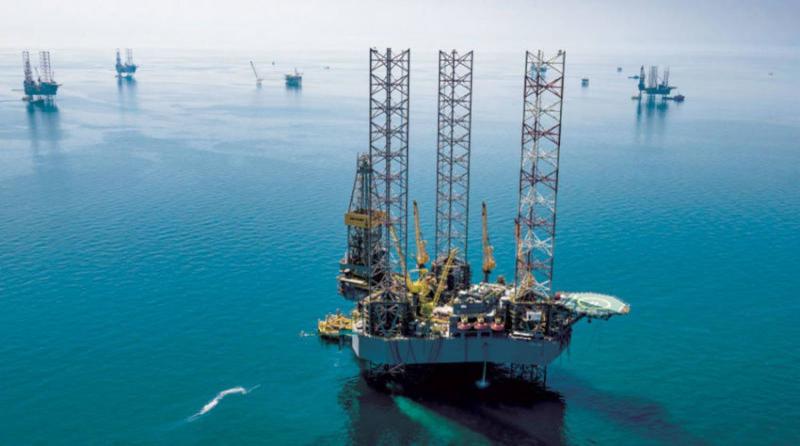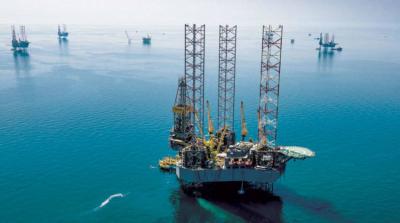Last week, news highlighted a massive financial deal that underscores the ongoing confidence in the global oil industry; ConocoPhillips acquired the giant Marathon Oil for $22.50 billion, which will expand ConocoPhillips' operations in the U.S. shale oil sector and the recent major offshore discoveries in Equatorial Guinea. Currently, the United States produces approximately 13 million barrels of crude oil daily, positioning it at the top of global oil producers, with the vast majority of this production derived from shale oil.
Although this high production policy contradicts President Joe Biden's environmental policies and climate change initiatives, it aligns with his energy independence agenda and aims to reduce inflation by lowering prices of U.S. oil products, particularly gasoline. At this time, South Africa's Central Energy Fund announced its approval to purchase the Sapref refinery in Durban, the day before the country's general elections. The refinery has a capacity of 180,000 barrels per day and is owned by BP and Shell but has been closed since 2022 and requires extensive maintenance.
The reason for acquiring the refinery, according to the fund responsible for government oil investments in South Africa, is to "ensure the country’s energy security" as part of the fund's policy to invest in "a growth strategy and energy supply chain." The fund also expressed concern over the declining refining capacity in the country and the "export of potential local jobs abroad," amid a high unemployment rate of approximately 33% of the workforce, coupled with a noticeable increase in imported oil products.
Due to the expertise and extensive experience gained by global oil companies over more than a century, stemming from the skills of engineers and oil managers, this experience provides a significant advantage for oil companies in transitioning into sustainable energy industries. Also noteworthy is the potential to utilize oil and gas industry infrastructure—for instance, pipelines and storage tanks—to contribute to sustainable energy production, while leveraging the knowledge of oil professionals to develop sustainable energy solutions. This creates new opportunities for oil companies regarding longevity, enhanced responsibilities, profits, and large investments in sustainable energy sectors alongside their ongoing oil activities.
Last month, French oil company TotalEnergies signed a memorandum of understanding with Austrian electricity company Verbund and Tunisia to construct a green hydrogen production plant in Tunisia titled "H2 Notus," aimed at exporting through pipelines to Central European countries (Italy, Austria, and Germany) by 2030. The project aims to produce 200,000 tons of green hydrogen annually, powered by sustainable energy (solar and wind), using treated seawater that also derives its energy from sustainable sources (solar energy).
It is important to note that the above experiences are merely examples, not an exhaustive list, of parallel developments in the energy field within both hydrocarbon and sustainable energy industries. The common factor in this historical moment of energy transition is evident: numerous government decisions have been adopted to achieve net-zero emissions by 2050, while simultaneously, there is a continuous annual increase in global oil demand.
In this context, information from OPEC indicates that with global economic growth, oil demand is expected to rise by about 2.2 million barrels per day in 2024, and it is anticipated that demand will continue to increase in 2025 by about 1.8 million barrels per day, compared to last year, resulting in global oil consumption reaching approximately 106.3 million barrels per day in 2025. Notably, this represents the highest annual global oil consumption rate to date, which largely explains the ongoing interest the energy sector has in the hydrocarbon industry.




